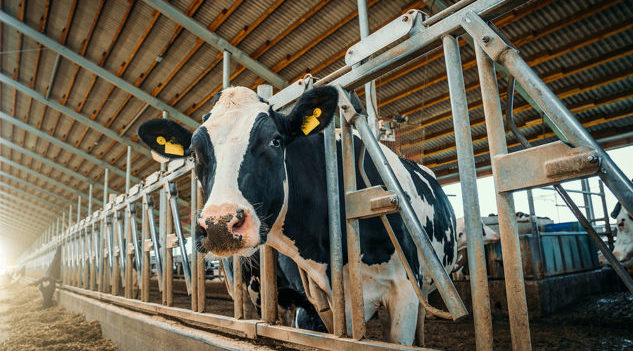The Australian dairy industry is at “a critical juncture” despite reaching record-breaking profitability after a “rollercoaster ride” for the past decade, according to Rabobank’s Australian Dairy Industry: At an Important Juncture report. It reports that Australia’s dairy sector has experienced a remarkable turnaround, underpinned by favourable seasonal conditions, high farmgate pricing, and a shift in the balance of power within the supply chain due to increasing competition for milk supply and the introduction of the Dairy Industry Code of Conduct.
In spite of the positive developments, the report notes there is a need to reboot in order to achieve a much-needed growth in milk production. It says that such a move will be “vital” for the future success of Australia’s dairy industry in order to take advantage of growth opportunities in export markets.
Report author, Rabobank senior dairy analyst Michael Harvey said in recent years the Australian dairy sector had navigated a “perfect storm of widespread drought, isolated bushfires and floods – all coupled with a severe global market and unprecedented industry disruption and instability”.
“This turmoil resulted in a squeeze on the profit pool and a drop in milk solids produced,” Harvey said. “It also zapped farmer confidence, which ultimately heralded a major shift in how the supply chain operates.”
Harvey added that while some recovery in national milk production has been underway, so far the milk supply response “underwhelmed initial expectations:”.
“The Australian dairy supply chain processed 8.86 billion litres of milk in 2020/21, 950 million litres less than in 2014/15, with 55 per cent of the fall coming from the northern Victoria irrigation system,” Harvey said, adding that expanding Australia’s milk supply is essential to the growth of the industry as it aims to construct sustained growth outside of a maturing domestic market.
“A vibrant industry requires a strong presence in growing export markets and being able to fully leverage existing access to Asian supply chains,” Harvey added. “Australian dairy has some strong global market credentials, but a lack of a sustained growing milk pool is a weakness to overcome. Even with the mature domestic market, demand from key customers is outstripping supply growth, and many customers in the industry will require more volume over the next decade.”
The report stated that with the Australian dairy supply chain experiencing a shortage of milk solids and the foundations in place for a period of investment, the stage is set for the industry to take advantage.
“If this strong run of healthy farm profitability, elevated investment ambition and positive investment outlook does not result in some well-executed long-term investments, it will be a missed opportunity for the industry in reigniting growth,” Harvey said. “And to fully unlock growth, significant long-term capital investment is required to increase efficiency and production capacity.”
The report indicated that Australia’s dairy sector is expected to provide profitable capital investment opportunities for farm businesses over the next decade. As such, it stressed that investing for long-term growth will not be the right strategy for every dairy farm business.
“While a growing industry is vital for the wider sector, the reality is that farm businesses should only invest in growth if there is a profitable and sufficient return based on any planned investment strategy,” Harvey said. “And for enterprises willing to invest, a well-structured plan and consideration of capital at risk is required.”















